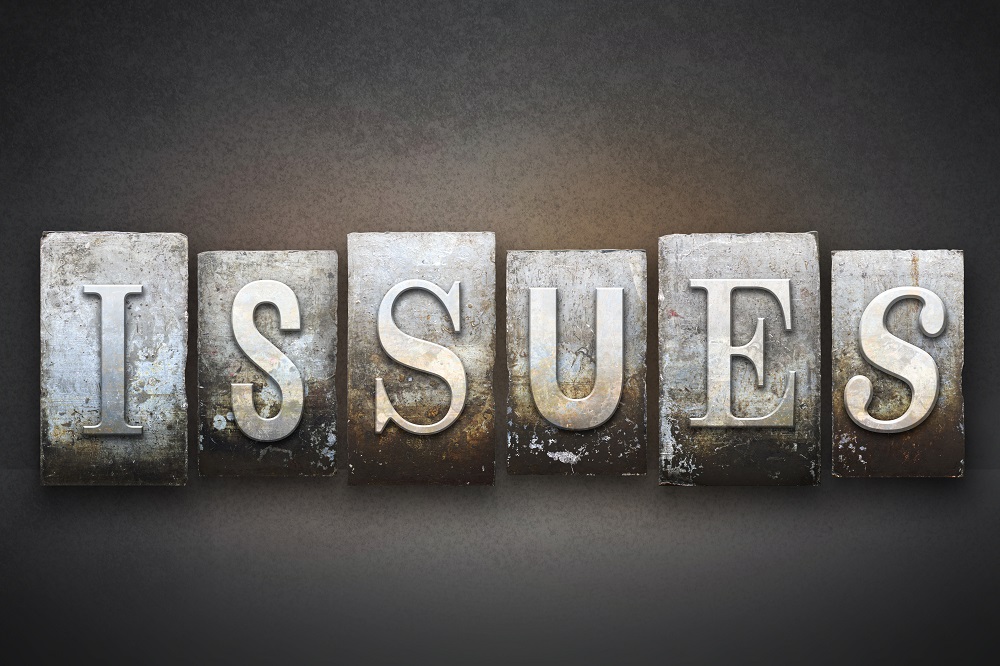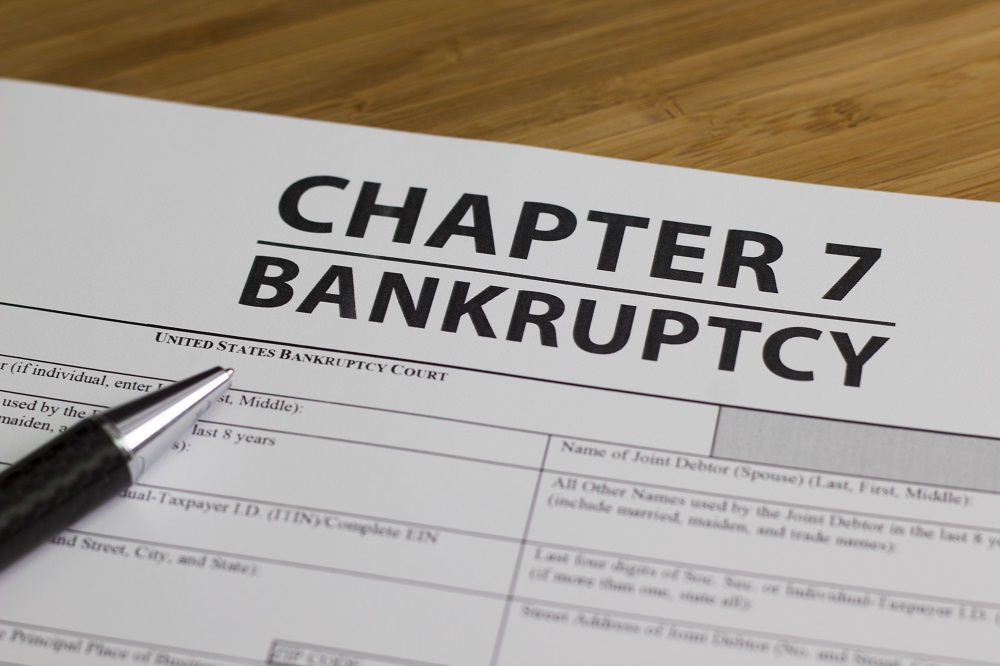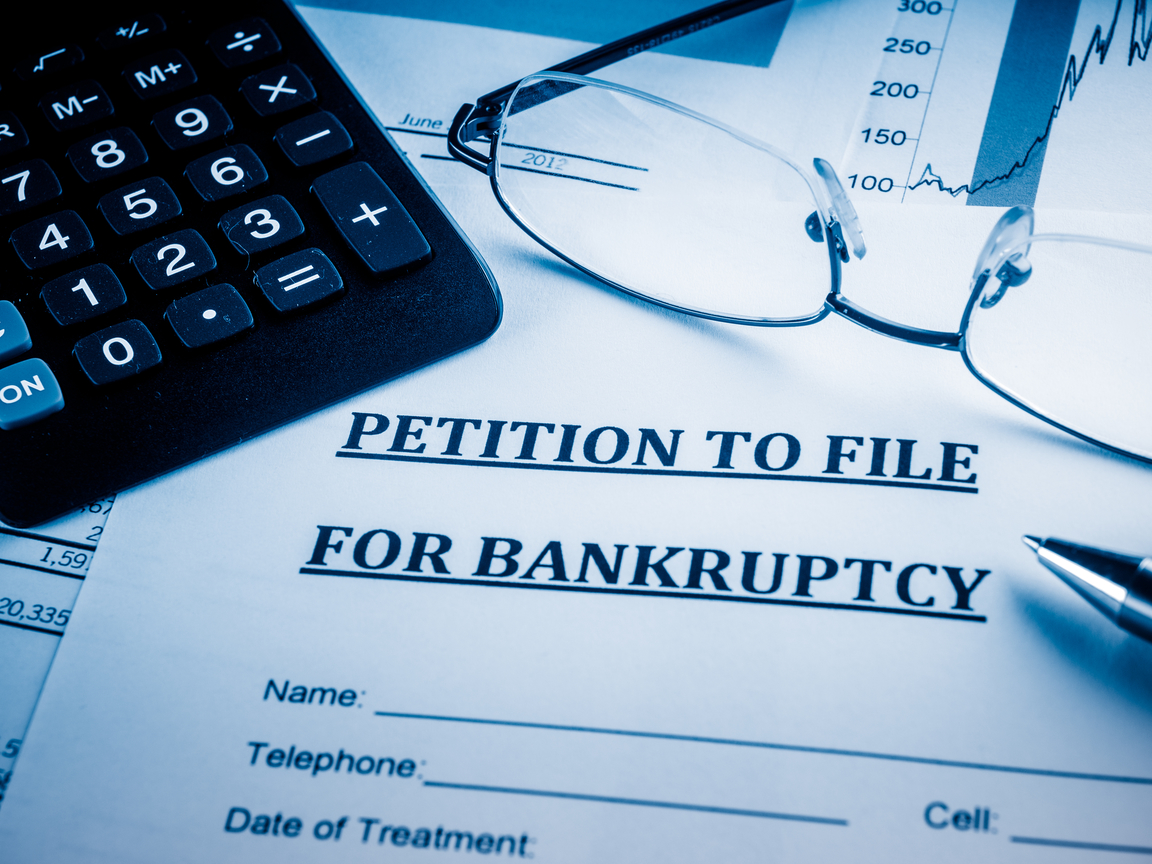How Long After Chapter 7 Bankruptcy Can You File Chapter 13?
Chapter 7 bankruptcy filing is a tool you can use to discharge some of your debt and experience financial stabilization. What happens, however, if you fail accomplishing your financial goals through it? Can you file bankruptcy again? A person who has received a discharge via Chapter 7 bankruptcy will have to wait eight years to file again. Is it possible to file Chapter 13 after the Chapter 7 filing?
Filing Chapter 13 after a Previous Bankruptcy Discharge in Arizona
After you receive your Chapter 7 discharge, you obviously cannot rely on the same chapter again. This rule is valid for Arizona and the rest of the US.
There will be a waiting period to get a Chapter 13 bankruptcy, as well. The typical amount of time is four years from the date of the previous discharge. This means that you can file Chapter 13 bankruptcy earlier but you can’t get a discharge after the three to five-year payment plan.
The truth of the matter is that many people will file Chapter 13 immediately after they’ve gotten a discharge under Chapter 7. The process is so common that it has gotten a name – Chapter 20 bankruptcy.
What is Chapter 20 Bankruptcy?
A Chapter 20 bankruptcy usually occurs immediately after a person has gotten a Chapter 7 discharge. In this case, unsecured debts are discharged via the Chapter 7 filing. The remaining secured debts are covered by the Chapter 13 conditions, giving the debtor a bit more leniency when it comes to making payments to creditors.
This strategy is a smart one for many reasons.
A person can focus on secured debts that need to be paid back because the unsecured ones will already be taken care of. In addition, qualifying for Chapter 13 bankruptcy may be difficult for a person who has accumulated too much unsecured debt. As per the US bankruptcy code, the debt limit for a Chapter 13 bankruptcy is 394,725 dollars of unsecured debt and 1.184 million dollars of secured debt.
At the same time, people who want to file should remember that no discharge will be possible with Chapter 20 filing. In addition, a bankruptcy trustee may object to the filing due to bad faith on behalf of the debtor. There will need to be a valid reason for the Chapter 13 filing immediately after the previous discharge.
Chapter 13 before Chapter 7
If you’re in the exact opposite situation, you may be wondering about the amount of time you’ll have to wait for filing Chapter 7 bankruptcy after a Chapter 13 filing.
If a court has previously granted a discharge under a Chapter 13 bankruptcy, a person will have to wait six years to qualify for a Chapter 7 discharge. The time period is counted from the date of the original filing rather than the discharge.
Whenever the debtor has managed to pay unsecured creditors in full, the amount of time they’ll have to wait for a Chapter 7 filing could be smaller. Another possibility is having paid at least 70 percent of debt in the payment plan and the plan was proposed in good faith. In such instances, an earlier Chapter 7 filing may be possible.
In cases when a person hasn’t received a discharge the first time around, different rules will apply to the second bankruptcy filing, whether it’s under Chapter 7 or 13.
When the court decides to dismiss the case, there will be a 180-day waiting period before being allowed to file again. In situations when the court denies the discharge, the person will be entitled to filing again. In such instances, a discharge of the debts listed in the first bankruptcy may be impossible. Whatever the situation, it is prudent to always discuss with experienced bankruptcy lawyer before filing for any kind of bankruptcy.





